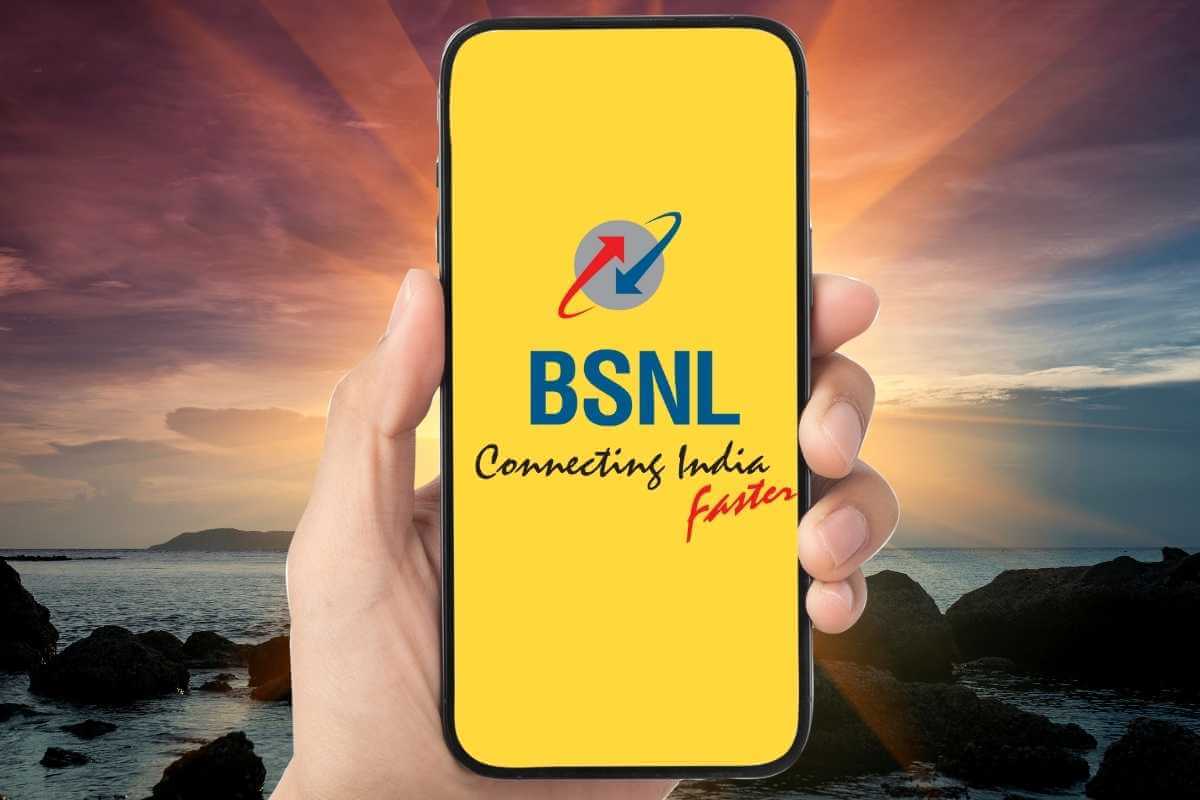
In a major development, the Union Cabinet, under the leadership of Prime Minister Shri Narendra Modi, has given the green light to the third revival package for Bharat Sanchar Nigam Limited (BSNL). With a total outlay of Rs 89,047 crore, this comprehensive package aims to revitalize BSNL and position it as a reliable telecom service provider with a strong focus on expanding connectivity in remote areas of India. Notably, the package includes the allocation of the 4G/5G spectrum to BSNL through equity infusion.
Also Read: BSNL Announces Upgraded MyBSNL Mobile App
As part of the revival plan, BSNL's authorized capital will witness a significant increase from Rs. 1,50,000 crore to Rs. 2,10,000 crore.
Spectrum Allocation for BSNL
The spectrum allocation to BSNL is as follows:
| Band | Spectrum allotted | Budgetary support |
| 700 MHz | 10 MHz paired in 22 LSAs | Rs 46,338.60 Cr |
| 3300 MHz | 70 MHz in 22 LSAs | Rs 26,184.20 Cr |
| 26 GHz | 800 MHz in 21 LSAs and 650 MHz in 1 LSA | Rs 6,564.93 Cr |
| 2500 MHz | 20 MHz in 6 LSAs and 10 MHz in 2 LSAs | Rs 9,428.20 Cr |
| Miscellaneous items | Rs 531.89 Cr | |
| Total | Rs 89,047.82 Cr |
10 MHz paired spectrum in the 700 MHz band across 22 Licensed Service Areas (LSAs) with a budgetary support of Rs 46,338.60 crore, 70 MHz spectrum in the 3300 MHz band across 22 LSAs with a budgetary support of Rs 26,184.20 crore, 800 MHz spectrum in the 26 GHz band across 21 LSAs and 650 MHz in 1 LSA with a budgetary support of Rs 6,564.93 crore, and 20 MHz spectrum in the 2500 MHz band across 6 LSAs and 10 MHz in 2 LSAs with budgetary support of Rs 9,428.20 crore.
Additionally, miscellaneous items with budgetary support of Rs 531.89 crore together contribute to the overall package amount of Rs 89,047.82 crore.
Also Read: BSNL Faces High Rate of FTTH Disconnections and Market Share Challenges: Report
Impacts and Benefits
This spectrum allocation will empower BSNL to deliver pan-India 4G and 5G services, expand its 4G coverage to rural and underserved areas, provide high-speed internet access through Fixed Wireless Access (FWA) services, and offer services and spectrum for Captive Non-Public Network (CNPN) requirements.
Also Read: Government Considers Shutting Down MTNL and Transferring Operations to BSNL: Report
The journey to revive BSNL and its counterpart Mahanagar Telephone Nigam Limited (MTNL) began in 2019 with the approval of the first revival package amounting to Rs 69,000 crore. This package played a pivotal role in stabilizing the operations of both entities.
Building on that, in 2022, the government sanctioned the second revival package worth Rs 1.64 lakh crore. This comprehensive package encompassed several crucial aspects, such as financial support for capital expenditure, viability gap funding for rural landlines, debt restructuring, settlement of Adjusted Gross Revenue (AGR) dues, and the merger of BBNL with BSNL.
Also Read: BSNL Bharat Fiber FTTH Service Availed by Over 2.8 Million Subscribers
These measures propelled BSNL's return to operating profits since FY 2021-22 while also significantly reducing its total debt from Rs 32,944 crore to Rs 22,289 crore. The revenue of BSNL in FY 2022-23 is Rs. 20,699 crore, and the operating profit for the same year is Rs. 1,599 crore.
Growth in Home Fiber Segment
BSNL has also witnessed remarkable growth in the home fibre segment, adding over 1 lakh new connections per month. The total subscriber base for home fibre has reached an impressive 30.88 lakh in May 2023, generating a revenue of Rs 2,071 crore in the past year.
Also Read: BSNL Issues Advance Purchase Orders to TCS, ITI for 4G Network
Indigenous 4G/5G Technology Deployment
Aligned with the vision of an Atmanirbhar Bharat (Self-Reliant India), the country has successfully developed its own 4G/5G technology stack. This indigenous technology is now being deployed, and after thorough field testing, it will be swiftly rolled out across the country on the BSNL network.
The approval of the third revival package and the allocation of the 4G/5G spectrum signifies a major milestone in BSNL's resurgence. It strengthens the company's position as a robust telecom service provider, in line with the government's vision of digital connectivity for all.














